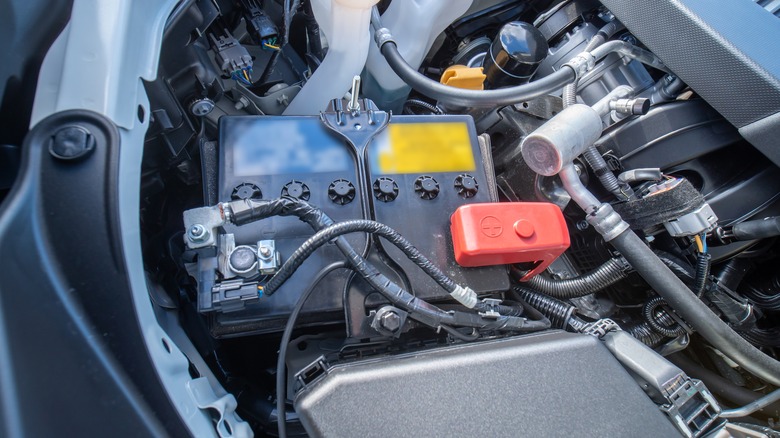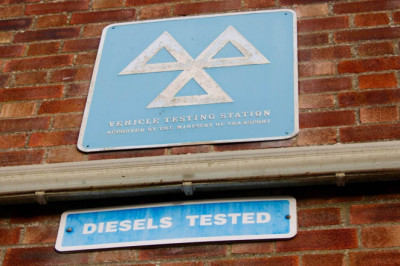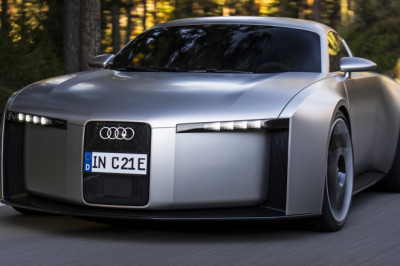
It seems simple enough, right? Your car battery is confirmed to be dead, not merely plagued by other electrical issues like a bad alternator. It's time for a trip for the local auto parts store to purchase a new replacement battery. Or perhaps your vehicle is at the mechanic and they're providing one. In any case, you'll want to make sure that the new battery closely matches, or improves upon, the specifications of your old battery, and that it also fits properly.
The "wrong" battery can be defined by the following issues: replacing a 6-volt battery with a 12-volt battery, or vice-versa; the wrong size, as in physical dimensions; the new battery's terminals are the wrong type or in the wrong location; or the cold cranking amps are too low for your engine.
The problem arises because some vehicles had 6-volt electrical systems until the 1960s, when 12-volt architecture fully took over. Putting a 12-volt battery in a vehicle equipped for 6 volts will wreak all sorts of havoc, like frying light bulbs and dashboard gauges. To use the more common 12-volt battery properly in an old 6-volt car or truck, conversion kits are available.
Accidentally putting a 6-volt battery in a modern 12-volt system just won't work, since anything less than about 11 to 12 volts is too low to start the engine, depending on the make and model. Admittedly, 6-volt car batteries are rare nowadays, so this isn't terribly likely.
 Golden Shrimp/Shutterstock
Golden Shrimp/Shutterstock
Once it's determined that you're buying a battery with the proper voltage — almost surely 12 volts — the next consideration is to locate the right size. Car and truck batteries come in dozens of different physical sizes, but fortunately, you're likely to encounter only about 10 really popular sizes (sometimes called group number or group size) in stock at a store. Sourcing the proper size is important because a battery that's too long, wide, or tall may not fit in your vehicle's battery tray properly.
A good fit that uses your vehicle's hold-down hardware to securely fasten the battery is extremely important. Batteries are heavy and filled with acid or other caustic substances, so you definitely want them to stay firmly put during acceleration, braking, and cornering. Catastrophes such as improperly fastened batteries contacting moving engine parts or shorting out against metal components can and do happen. Sometimes, there's a small amount of wiggle room when it comes to battery sizing, but whatever you do, make sure that some type of sturdy "hold down" mechanism is in place.
Besides selecting the correct battery group size, pay attention to the terminals, the metal posts to which the battery cables attach. For example, General Motors famously used side terminal battery posts for decades, instead of the more conventional top-mounted terminals. In that case, you'll need to purchase a battery so equipped, or possibly a set of adapters.
In the same vein, batteries for certain vehicles have the positive and negative terminals reversed (by the way, which terminal should you disconnect first?). For example, the Group 24 battery versus the Group 24F, which has the terminals reversed. If attempting to use one of these oddball batteries in a different application, the vehicle's battery cables may not be long enough to connect. Alternatively, the positive battery terminal could be perilously close to metal parts, like the fender.
Finally, make sure your new battery has at least as many cold cranking amps (CCA) as the battery it's replacing and/or specified in the owner's manual. Cold cranking amps are a measure of a battery's ability to start an engine in cold weather. For instance, if you have a diesel engine that requires 800 CCA and a battery with only 600 CCA is substituted, you're going to have a bad time. When you key up the starter, it might turn more slowly than usual or fail to start at all under difficult conditions, like freezing temperatures. For this reason, some diesel-powered pickup trucks actually have two batteries, not just one.















